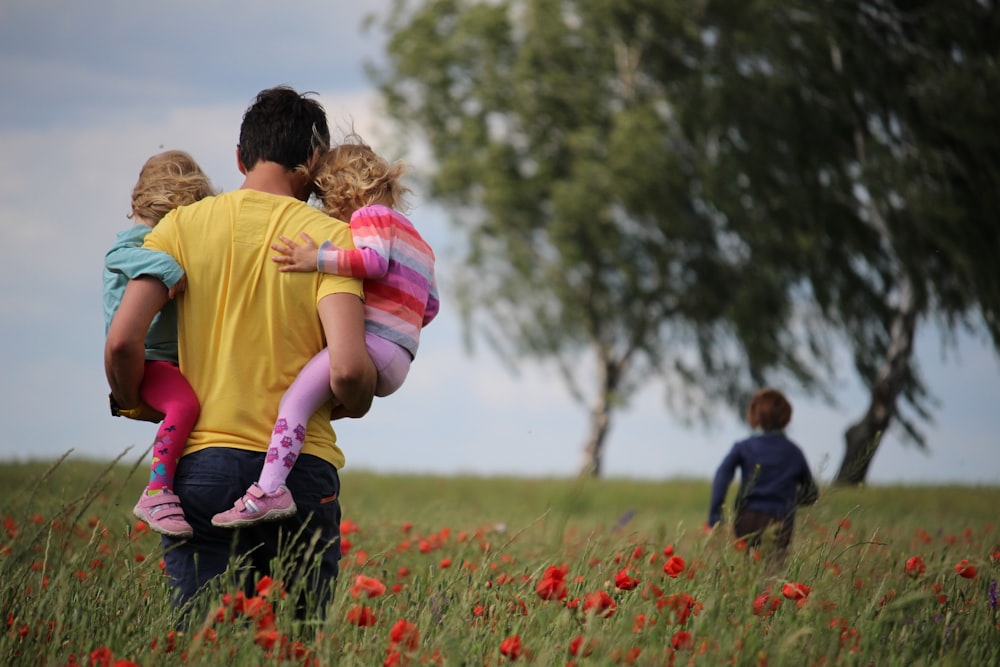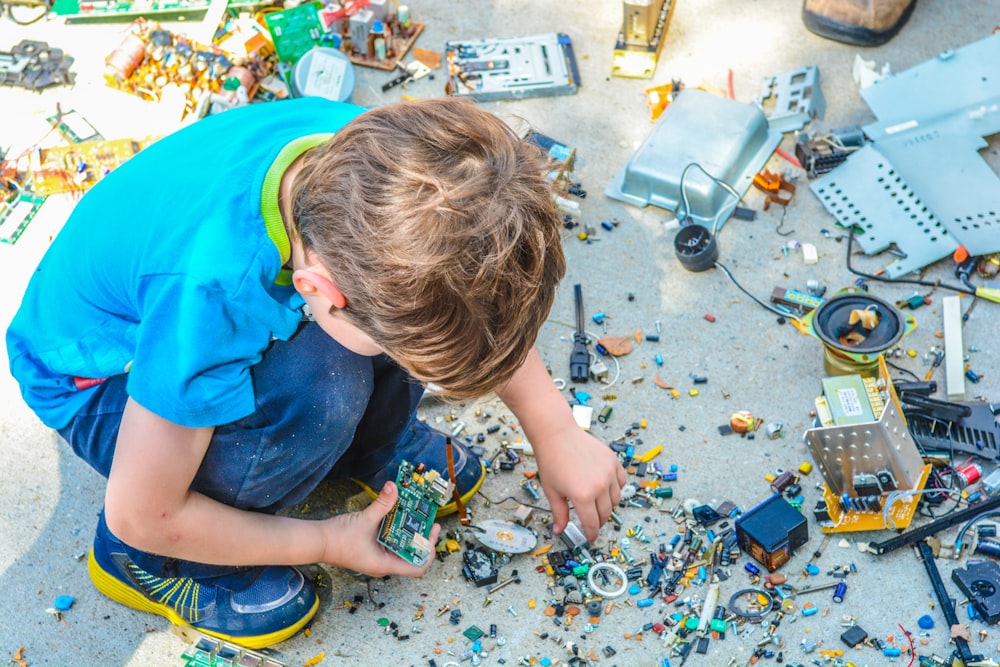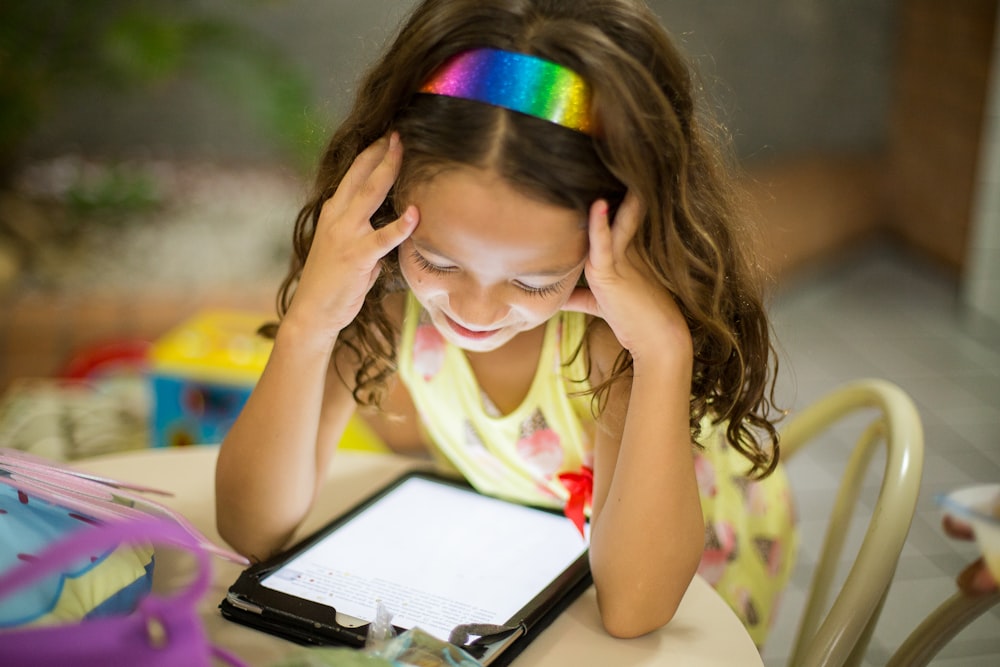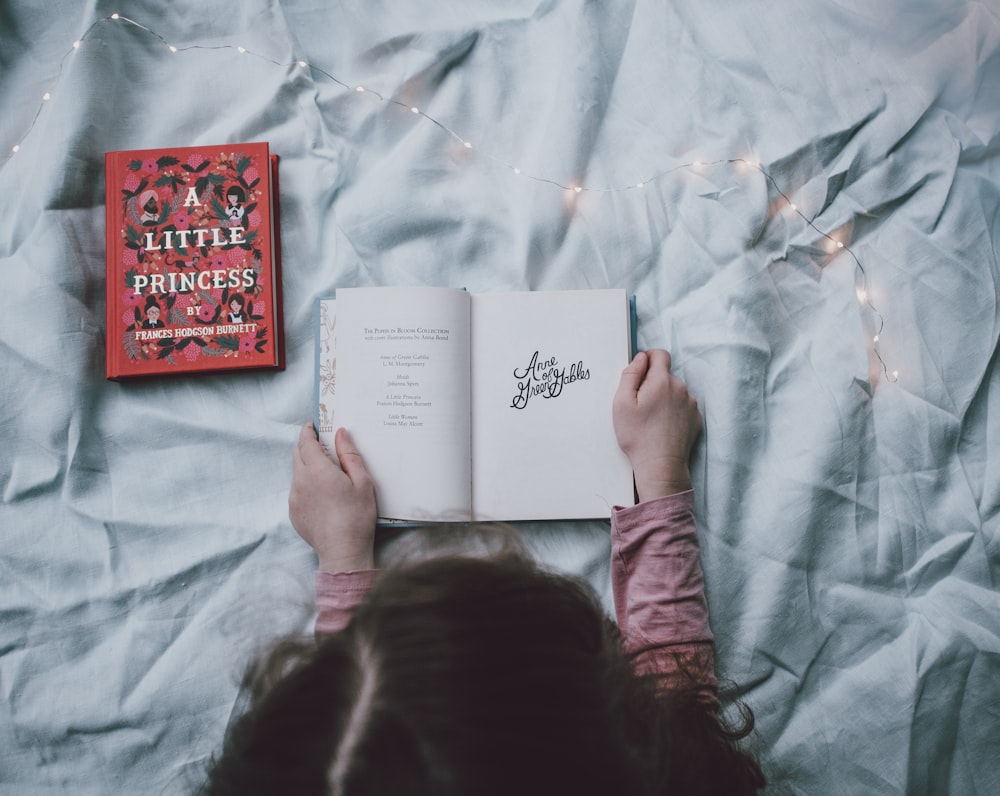Hello again,
Earlier when I was mulling over a few inquiry topics I began to wonder whether technology helped to bridge or widen the gap between home and school. I reflected on my own practices which are a mixture of both non-digital and digital communication. Interestingly enough, now that I am exploring the Reggio Emilia philosophy and the roles of the teacher and student when using technology, I left out an important key player in my research: the parent. Luckily, during my search I happened to find an article about a study conducted in a Reggio Emilia-inspired school which examined the experience of parents when interacting with digital documentation sent home from school.
A large component of the Reggio Emilia philosophy is the practice of documenting students’ learning processes. This documentation typically takes the form of pedagogical narration–photographs accompanied by the child’s scribed thoughts and the educator’s reflections. Lim and Cho (2019) call this process of photo documentation and pedagogical narration, “mobile documentation.” The benefit of mobile documentation is not only does it capture the organic learning processes of young learners, it also opens up the communication between home and school. “Using mobile apps, both [parents] can receive documentation on a regular basis. Even busy parents can still receive documentation via mobile apps and use this venue as an opportunity to communicate with children and the school” (Lim & Cho, 2019, p.367). With mobile documentation the after school conversation no longer needs to be: “What did you do at school today?” followed by, “I don’t know.” Now parents have access to their children’s day-to-day life at school which enables them to have a more active role in their children’s education.
In my own practice I have used Seesaw to support my students in documenting their own learning and making that learning visible so that it can be shared and reflected upon by my students, their families, and myself. Seesaw enables learners to take photos, videos, and voice recordings which they can comment on and markup as well. The app offers the option to connect families to their children’s accounts so that they can get updates when children have uploaded content. The educator also has the option of uploading lessons, activities, and questions that they wish their students to respond to.
Emily from my learning pod also shared with me about an app her school uses called FreshGrade. She described FreshGrade as a 3-way documentation tool between the student, parent, and teacher. Similar to Seesaw it facilitates reflection, assessment, and lesson planning. FreshGrade has more formalized platforms for assessment than Seesaw but the concept is primarily the same. Trisha offered her knowledge about FreshSchools which is also a communication tool for parents and educators. It offers a calendar, emailing applications, and a chalkboard for classroom updates so that parents can find information in one spot. It can be used for the Parent Advisory Committee to synch the entire school calendar as well as individual classroom agenda items. Teachers can access the contact information of any family within the school which is beneficial for personnel such as learning support teachers, coaches, and librarians who work with multiple families.

(Source: https://unsplash.com/photos/1zR3WNSTnvY)
The study took advantage of the Reggio Emilia’s practice of documenting learning and enhanced it with technology, making the documentation for relevant and accessible to 21st century families. Parents in the study were asked to download an app which offered individual journal entries posted by the teacher, general class information, as well as a questions and answers section for parents’ queries. Instead of having to log into a class website, access the school newsletter, check planners, and monitor email inboxes, parents were able to access all the important information about their children’s school in one place. “Mobile documentation seems to have the potential to increase parents’ awareness of children’s lives in a school, especially for fathers” (Lim & Cho, 2019, p.377). One of the most notable findings of the study was that fathers became more engaged in their children’s school life. According to Lim and Cho (2019), mothers typically take a more active role in their children’s school life, leaving fathers to hear about the school day through the retelling of mothers. Mobile documentation combats that stereotype, involving fathers and sparking a conversation between them and their children.

(Source: https://unsplash.com/photos/O-RKu3Aqnsw)
For the purpose of my research, I found Lim and Cho’s (2019) reference to Rinaldi (2006) to be particularly meaningful because it added a new layer to photo documentation that I had yet to consider. Rinaldi (2006) asserted that documentation motivates children to learn because it offers a sense of importance to their work. However, this causes me to question the moments when we are not documenting. Do the undocumented moments make children feel that they are less valuable? Is it the role of the educator to judge when learning is worth documenting and when it is not?
References
Lim, S., & Cho, M. (2019). Parents’ use of mobile documentation in a reggio emilia-inspired school. Early Childhood Education Journal, 47(4), 367-379. doi:10.1007/s10643-019-00945-5
Rinaldi, C. (2006). In dialogue with Reggio Emilia: Listening, researching and learning. New York: Routledge





